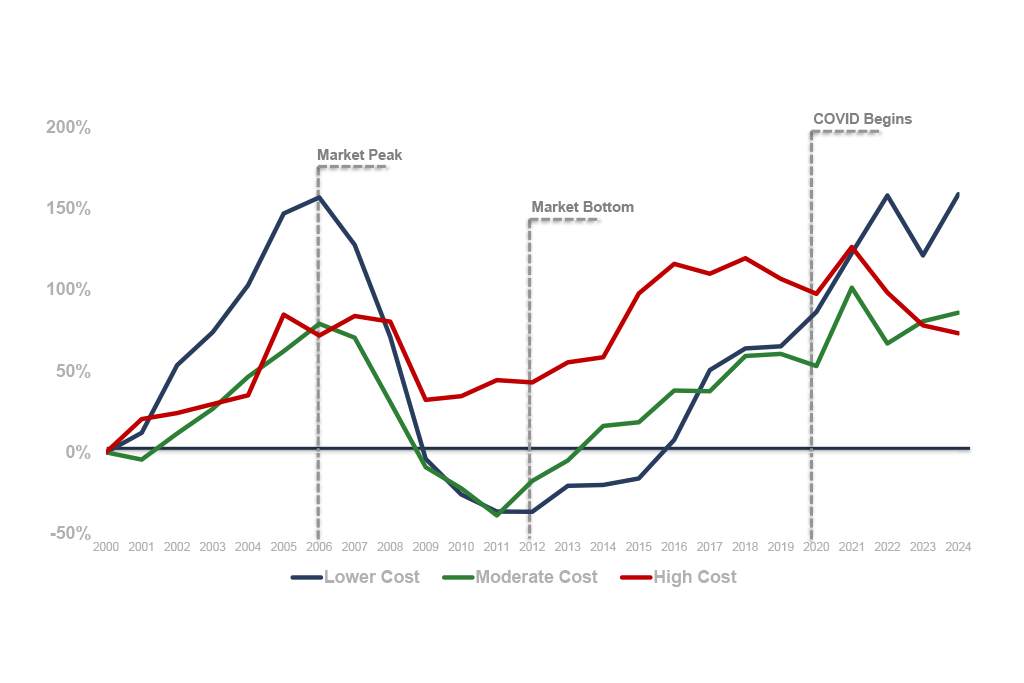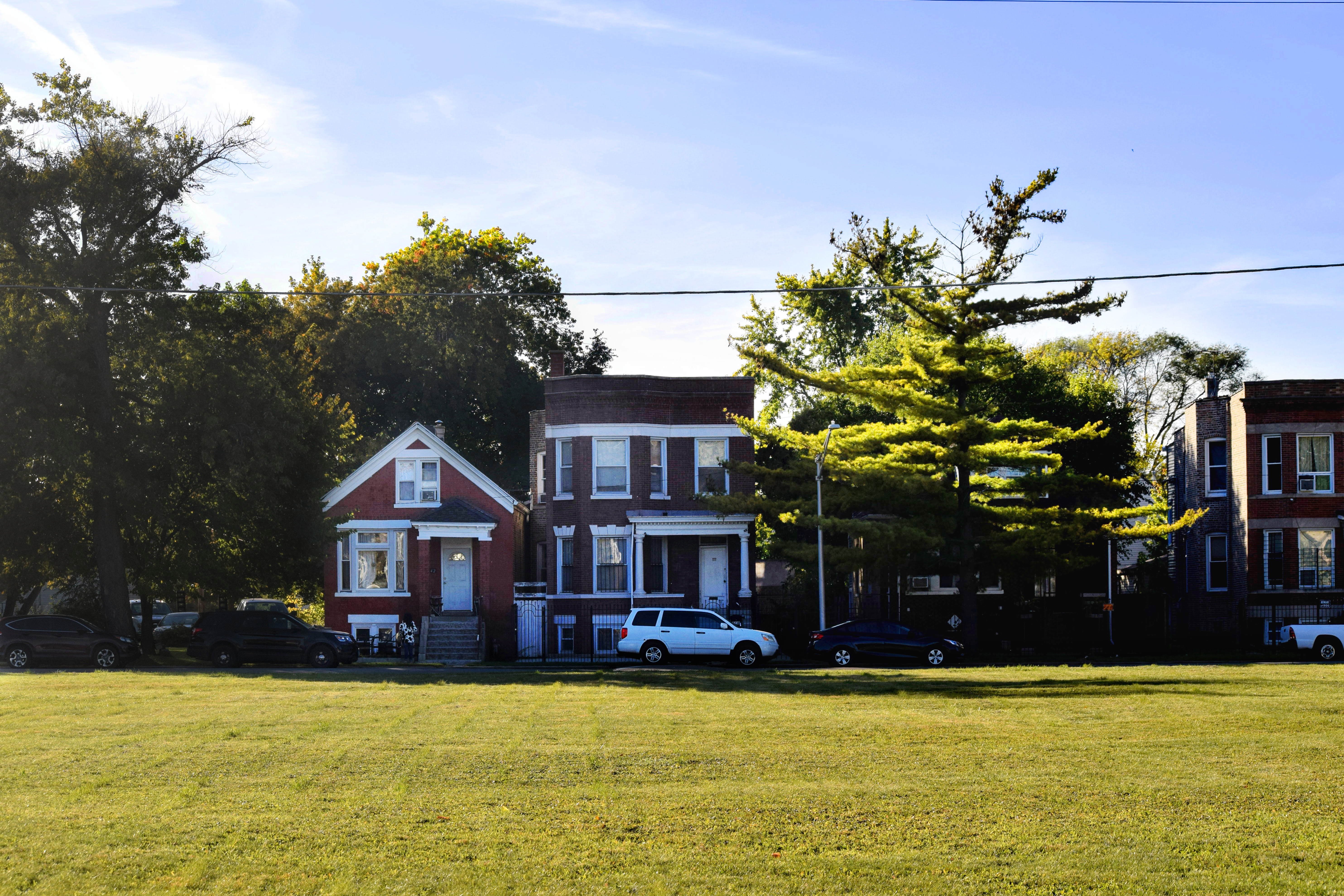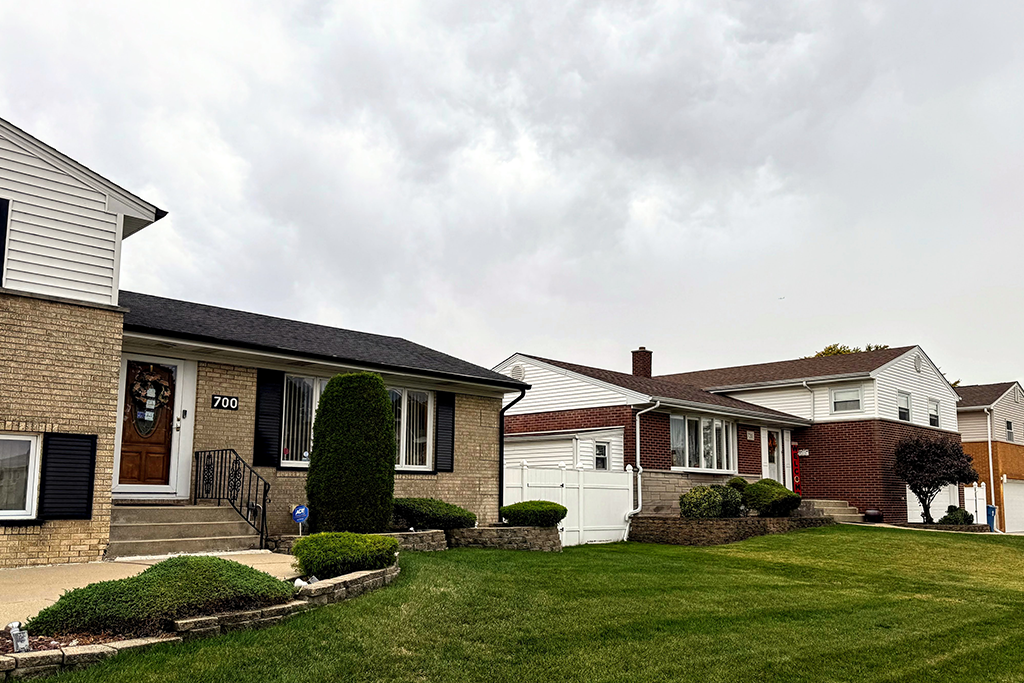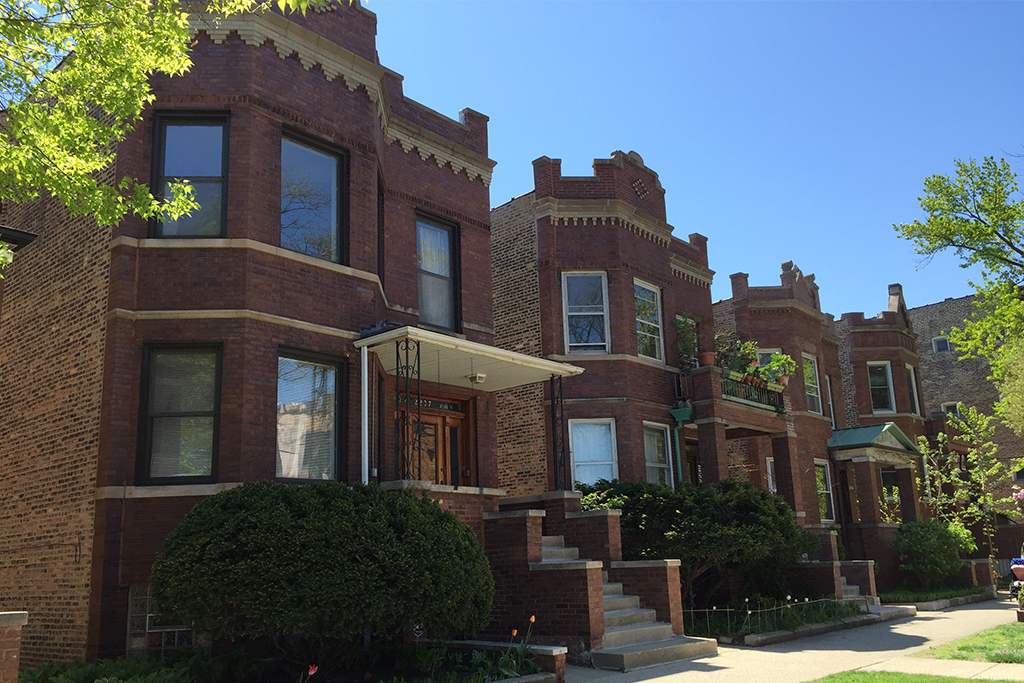More and more Americans are opting out of homeownership.
Renting is on the rise.
As American homeownership rates have fallen in recent years, rental demand has leapt.
Between the second quarters of 2014 and 2015, for example, the number of owner-occupied households dropped by 400,000, according to The Wall Street Journal, hitting a 48-year low; in the same period, the number of renter households jumped by 2 million.
The IHS 2013 State of Rental Housing in Cook County report revealed a similar trend in Chicago, where renter households grew by 10.3 percent between 2007 and 2011. In suburban Cook County, they increased by 11 percent. Both areas experienced decreases in owner-occupied households during that period.
And rental demand shows no sign of slowing. By 2020, the Urban Institute projects, new renter households will outnumber new owner households.
What’s behind this phenomenon? The nation’s changing demographics (a millennial population delaying the milestones of “adulthood,” a Boomer generation aging out of homeownership, and an increasingly diverse population) account for some of the shift, as do stagnating incomes compounded by the financial distress from the Great Recession and tight mortgage market.
The recession and housing crisis also gave rise to skepticism about homeownership. A 2014 MacArthur Foundation survey found that 54 percent of adults believe owning a home has become less appealing in the current environment. Two-thirds of the public believes it is less likely today than it was 20 or 30 years ago for a family to build equity and wealth through homeownership.
This more cautious group may be spearheading the rise of a new group of renters—those who rent by choice.
A 2014 analysis by the Joint Center for Housing Studies found that in Chicago, nearly half of renters ages 25 to 34 could afford to own homes, given a median home value of $189,200 and monthly costs of about $1,300. IHS data suggest there may be a growing number of these intentional renters in Chicago. The number of renter households in the city earning 120 percent of the area median income increased by more than 6,500 between 2007 and 2011, for example. Conceivably, that group can afford a mortgage but is opting out. Not all are renters by choice of course, but the increase in those renting who earn more than the area median suggests a portion fit the category.
So who are these “renters by choice”? Many are likely millennials, whose share of renter households in Chicago increased faster than any other age group between 2007 and 2011. IHS research found, for example, that more than 68 percent of householders ages 25 to 34 were renters in 2011, an increase of nearly 10 percentage points from levels seen in 2007.
While many millennials are saddled with student loan debt or unable to afford a down payment and may continue to rent by necessity, some realtors believe those who could afford to buy are opting for a renter lifestyle that allows more mobility.
In an even greater departure from tradition, some seniors are choosing to rent. IHS data show that in Cook County, the share of renters in the 55-to-64 age group grew by about 11 percent (from 27 percent to 30 percent) between 2007 and 2011. Real estate professionals believe some of those households downsized as people sold their homes in favor of a rental. As people retire later in life, they may seek to balance a hectic work schedule with a less hands-on living situation. Others may find peace of mind in leaving the housing market after years of volatility.
What does this mean for cities and neighborhoods?
More demand for rental units means more demand for rental buildings, and in Chicago we have seen developers respond. Around 3,000 new rental units were in the works downtown at the start of 2015, with more expected this year, reported the Chicago Tribune. Contrast that with virtually no new condo development in the area. And the uptick in de-conversions of condos into rentals is particularly telling.
Kephart Architects, a Denver-based planning and design firm, described to the Chicago Tribune how the renter-by-choice population is influencing the new development. These are higher-income renters, some of whom are downsizing from a single family home, so they want spacious apartments and kitchen islands. The firm lets renters in their luxury apartments pick the paint colors, so the unit has the feel of a more permanent or personalized home.
This spring, the new IHS 2016 State of Rental Housing report will reveal how—or whether—the residential landscape in Cook County has continued to change. Stay tuned for updated numbers and in-depth analysis of who is renting and why.
Photo/Ian Freimuth






